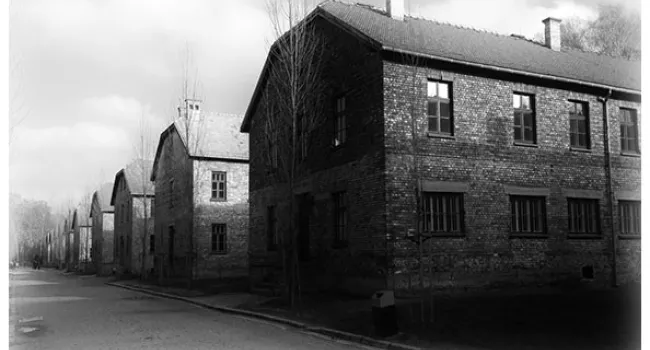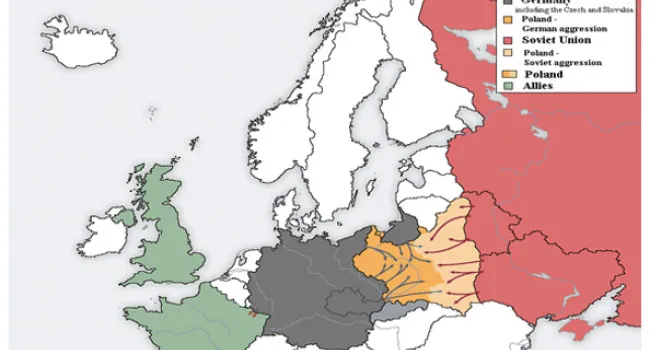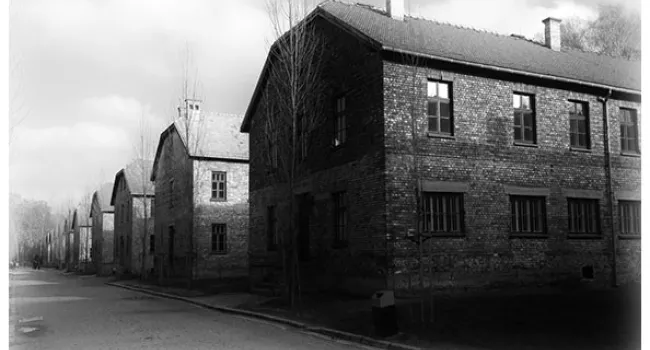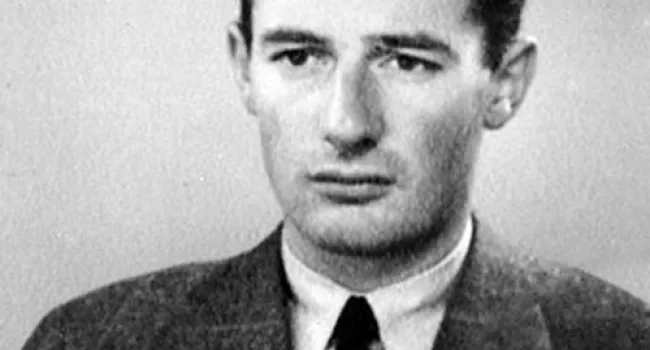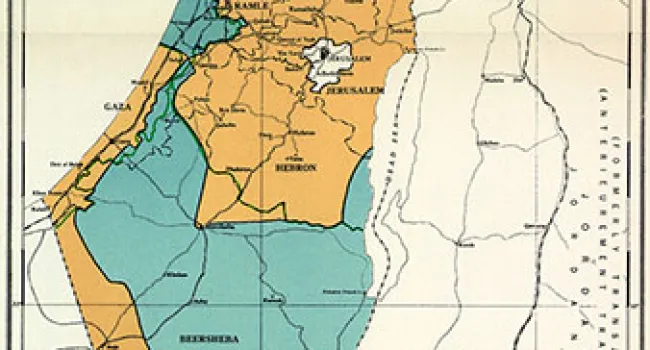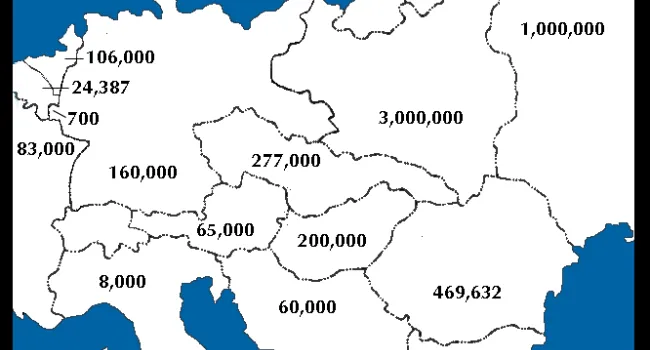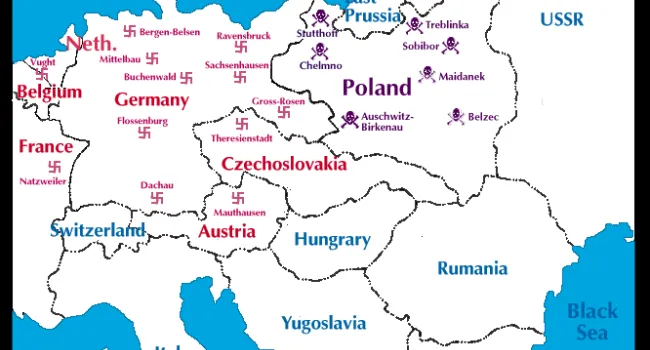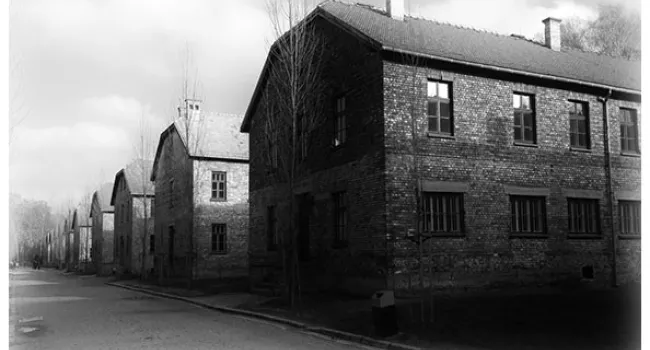"You had to keep it in your mind: 'I'm going to live. I'm going to survive.' If you lost the will, that was it. You had to have a strong will to survive." —Pincus Kolender, Charleston, Advice on How He Survived
"We are going to perform a desperate act whether we want to or not. Our fate is sealed, and there remains for us only the choice between one kind of death and another. I am calm." —Resistance Fighter, The Revolt of the Bialystok Ghetto
When the horrors of the Holocaust were revealed, many people wondered how it was possible for the Nazis to kill so many people without meeting overwhelming resistance. Why did so many millions go to their deaths in ghettos and camps without fighting back?
Policy of Collective Responsibility
Jewish resistance to Nazi persecution was limited by circumstances in occupied Europe. With the carefully worked out plans for the Final Solution, there were few chances for massive resistance. Under the Nazi policy of collective responsibility, any individual or group working against the Germans faced brutal punishment. Entire communities and families were held responsible for individual acts of resistance or sabotage. Poland, for example, lived under a virtual state of terror throughout the occupation. Any contact between a Pole and a Jew was punishable by death.
Despite this, resistance to Nazi persecution took several forms: armed resistance outside the ghettos and camps, resistance within the ghettos that led to uprisings, and the passive resistance of individuals and groups who showed their opposition by continuing to practice their religion.
Armed Resistance in the Countryside
Armed resistance came from those who managed to escape capture. Organizing themselves into small resistance groups in the Eastern European countryside, these people—with few arms, inadequate food, and little help from native citizens, fought against the Nazis on several fronts. Known as partisans, such groups attacked German supply depots, captured weapons, and served as links between the ghettos and the outside world. In both Eastern Europe and the Soviet Union, Jewish partisan groups fought against the Nazis in the forests and countryside. When the ghettos were being evacuated and destroyed, Jewish resistors led a number of uprisings in these ghettos.
Warsaw Ghetto Uprising
The strongest armed resistance took place in the ghettos of Eastern Europe. One of the most famous uprisings took place in the Warsaw Ghetto in April, 1943. With few arms and almost no outside help, a group of young ghetto residents held out for several weeks against overwhelming German superiority. The Warsaw Ghetto was destroyed soon after the uprising. Only a handful of the ghetto fighters survived. But this uprising was not unique. Revolts also took place in the Vilna Ghetto and in several smaller Polish ghettos.
Gas Chambers Destroyed by Resisters
Jewish resistance groups also operated within a number of major concentration camps and death camps. In Auschwitz, Treblinka, and Sobibor, Jews formed active resistance groups that helped prisoners in many ways. They got food from the outside, bribed camp guards, sabotaged installations, and, eventually, led armed uprisings. Jews working in the crematoriums in Auschwitz revolted in 1943, destroying one of the gas chamber-crematory facilities and killing a number of SS soldiers.
In Treblinka, prisoners spent a year organizing a full-scale revolt that took place in the summer of 1943, allowing a number of prisoners to escape. In Sobibor, nearly 700 Jews revolted and, though most were hunted down and killed, some 300 managed to escape. These revolts so enraged Hitler and Himmler that both camps were destroyed.
The image used with this document is licensed under the Creative Commons Attribution-Share Alike 3.0 Germany license.
